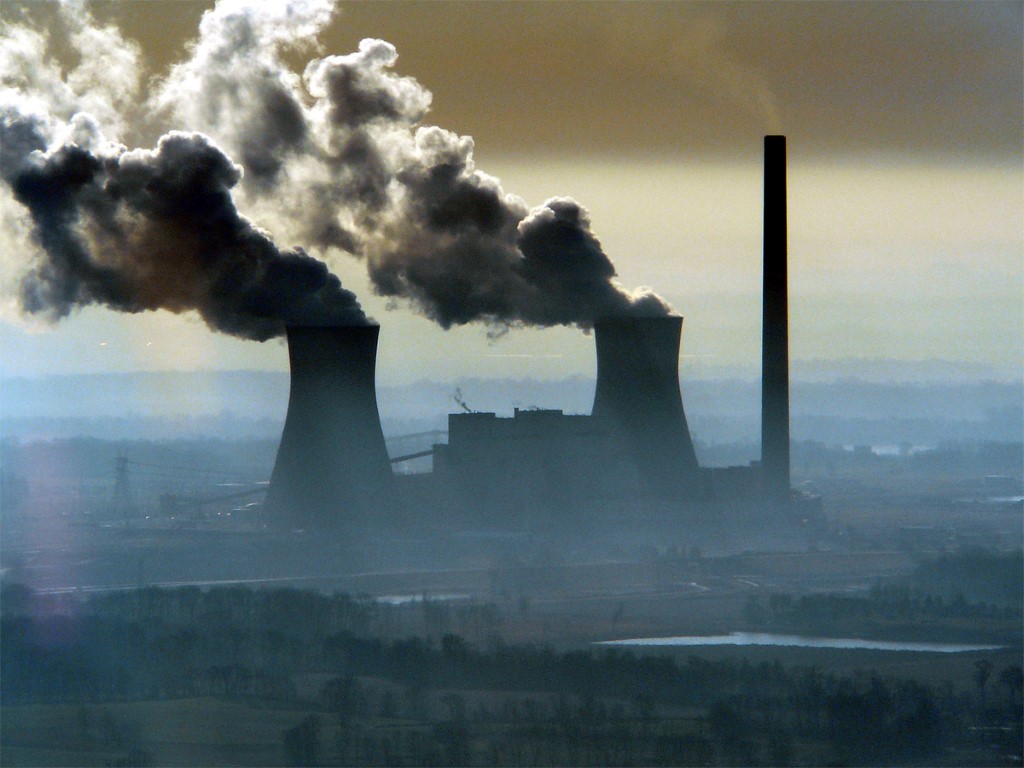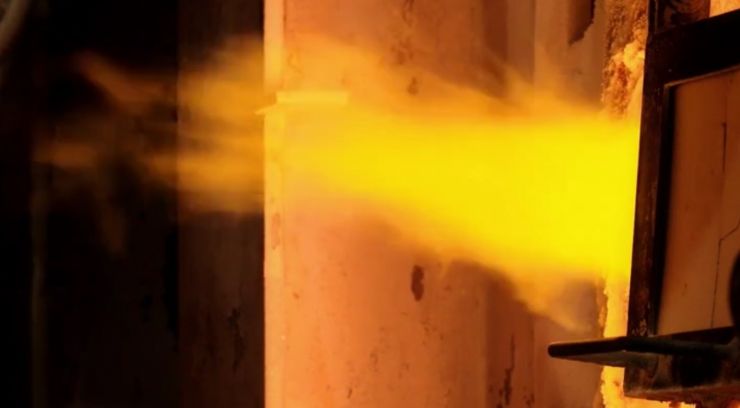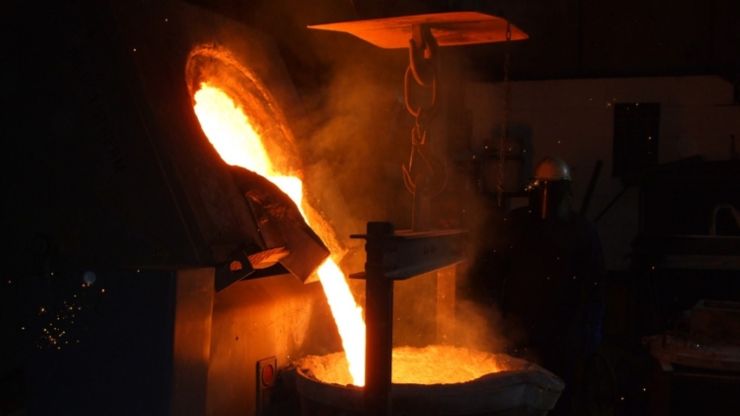Sulfur Dioxide Air Quality Standards
In 2010, the USEPA adopted a new national ambient air quality standard for sulfur dioxide or SO2. The new standard will improve public health protection, especially for children, the elderly, and people with asthma. From 2012 to 2016, Wingra Engineering evaluated over 200 coal-fired power plants in the U.S. to determine their compliance with the new air quality standard and SO2 emission reductions necessary to meet the new standard.
While air quality monitors can be used to measure air pollutants in the air, they are infrequently used due to cost. In lieu of monitoring, dispersion modeling is used in the air pollution control field to simulate the dispersion of air pollutants released by industries and power plants and predict downwind pollutant concentrations.
Wingra Engineering worked with the Sierra Club to determine SO2 concentrations surrounding coal-fired power plants. The results were provided to USEPA and state agencies to help determine areas which did not comply with the new air quality standard and required additional control of SO2 emissions.
Power plants were evaluated in the following states: Alabama, Alaska, Arkansas, Colorado, Florida, Georgia, Hawaii, Illinois, Indiana, Kentucky, Louisiana, Maryland, Michigan, Missouri, New Hampshire, New York, North Carolina, North Dakota, Ohio, Oklahoma, Pennsylvania, Texas, Virginia, Wisconsin and Wyoming.
Analyses were conducted following USEPA approved procedures. These include computer models such AERSURFACE to evaluate land use, AERMAP to evaluate terrain elevations, AERMET to process recent meteorological data, and AERMOD to predict down wind concentrations.
The SO2 emissions evaluated were those approved by the most recent air quality permit and historical actual emissions as measured by continuous emission monitors on the boiler stacks. For many analyses, the actual hourly emissions from power plant stacks were matched with simultaneous weather conditions to estimate concentrations that would have been measured by air quality monitors. Air pollution emission reductions necessary to comply with the new standard were calculated and predicted air pollutant concentrations were over laid onto regional and local maps to help present the modeling results to regulatory agencies and the general public.
Here are examples of the final modeling reports prepared by Wingra Engineering:



